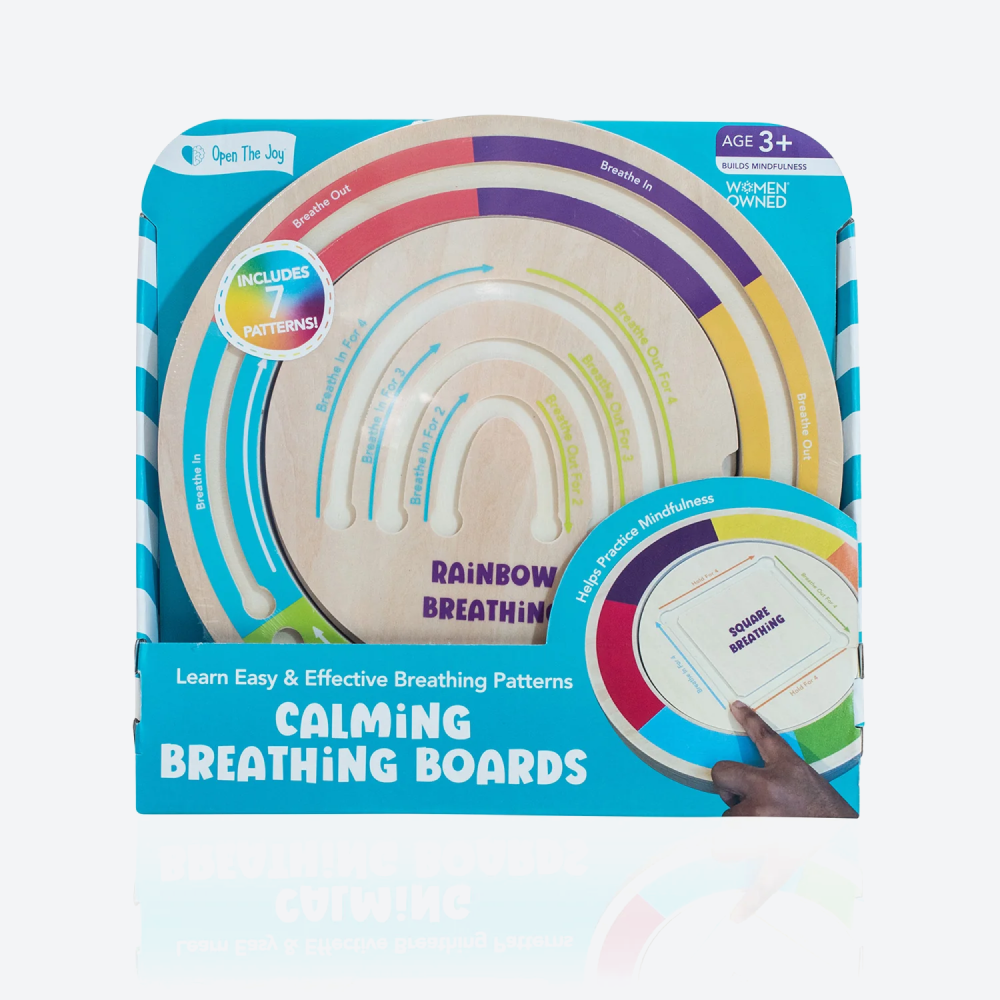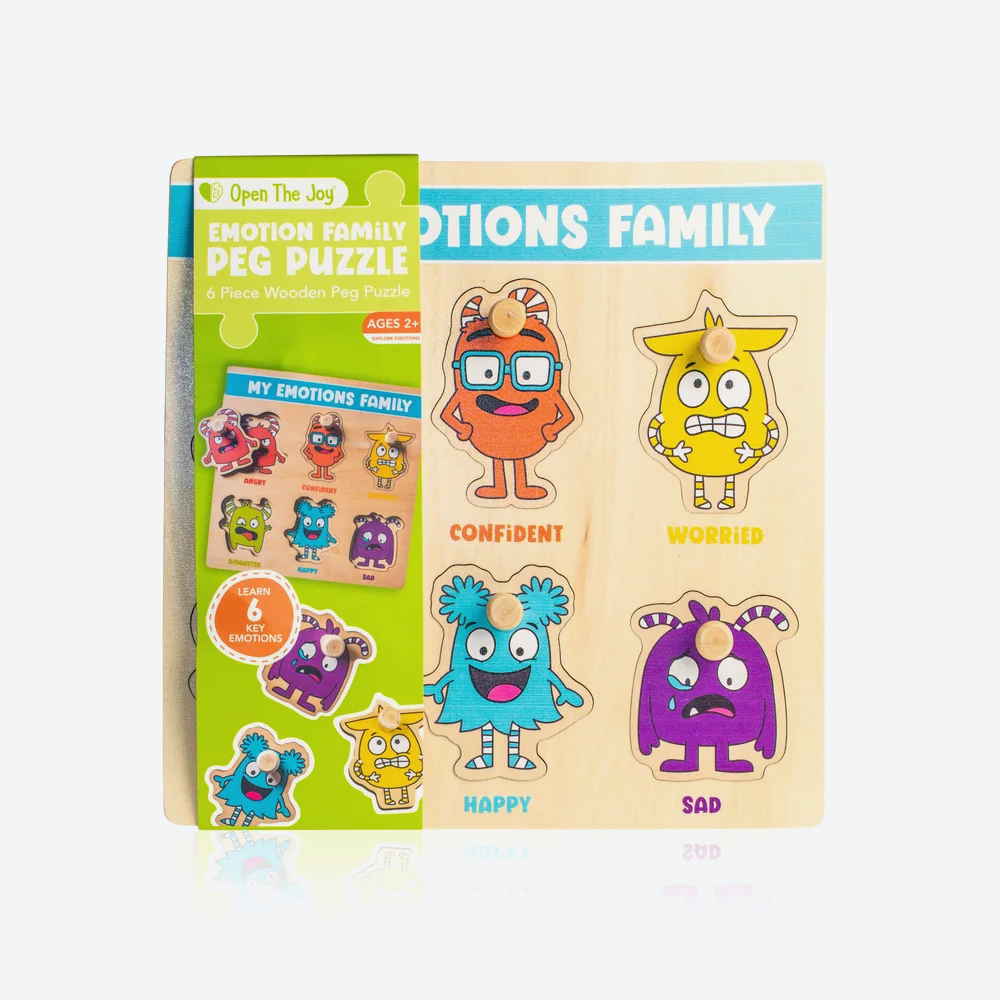How Do You Teach Something You Were Never Taught?

You're standing there, feeling lost in the storm of your child's big emotions. I see you.
You're not failing because you don't want to help your child... you simply don't know how to.
This truth hit me like a ton of bricks: I knew nothing! I was succeeding in my professional life, and both my husband and I were college-educated. On paper, we had it all figured out. But when it came to emotional intelligence? We were completely uneducated.
When our daughter was diagnosed with a one-in-a-million condition and hospitalized, suddenly, all my prestigious degrees and accomplishments meant nothing. I was frantically trying to help her while completely falling apart myself.
Perhaps you've also had that moment of truth. How can you emotionally regulate this child who needs you so desperately when you feel completely dysregulated? How can you model something you were never taught?
All your achievements mean nothing in these moments. You might be acting out the unhealthy emotional blueprints your parents gave you. And now you realize something needs to change.
Self-Awareness: Your Defining Moment
Self-awareness—recognizing that you have much to learn to truly help your child—is the first step in your growth. The moment you recognize your own gaps, your journey to genuinely support your child begins. If you're reading this now, you're already taking that crucial first step.
Life's challenges become your classroom. For us, the classroom was the hospital during our daughter's illness. The extreme situations you face are your teachers. Your deep desire to help your child becomes the fuel that allows you to break generational patterns.
Our learning was like a crash course—extreme, intense, and during difficult periods that tested our limits as parents and families.
What you'll discover through these difficult times is surprisingly simple. There are just a handful of core truths that form the base of emotional intelligence—truths found at the intersection of psychology, physiology, and consciousness. Mind, body, and soul are all connected.
This is the foundation of emotional growth:
-
Your Nervous System Has A Built- In On/Off Switch: A Single Breath
In moments when you're unraveling—perhaps in a chaotic situation with your child—you have a powerful tool at your disposal.
Taking just one deep breath can activate your parasympathetic nervous system—literally flipping your body's "on and off" switch for stress response.
For me, a pivotal moment came in the sterile, beeping chaos of the hospital room. I was unraveling when a kind nurse pulled me aside and firmly said, "I need you to take one deep breath with me," demonstrating a slow inhale. With her help, I had discovered the power of the breath.
The science behind it is that your breath directly connects to your nervous system. When you take slow, deep breaths, you immediately signal your body to move from "fight or flight" to "rest and digest" mode.
TIP: Try it, yes now… take a long inhale in… counting to 4. And exhale, counting to 6.
-
Finding Words: "If You Can Name It... You Can Tame It."
Sometimes, just hearing someone validate your feelings with simple words like "I know this is difficult" can be more powerful than any explanation. I’ll be forever grateful for one of my daughter’s doctors looking me in the eye and saying, “I know this is incredibly frustrating.” He gave me permission to have that emotion.. and gave language to what I was feeling.
Before you can help your child process emotions, you need to build your own emotional vocabulary. When you feel something intense, stop… and ask yourself, what am I feeling? Am I disappointed, frustrated or angry?
The science behind it: If you can name it, you can tame it. Like babies who cry because they lack words for their needs, you struggle to process emotions you can't identify. Emotional vocabulary creates pathways for healthy expression.
-
Living in the Present Moment: The Difference Between Pain and Suffering
Children can teach us the most profound lessons. Kids feel pain, but they don't suffer the way adults do.
While you might mentally spiral about tomorrow's worries and yesterday's problems, children move fluidly from moment to moment. After the challenging experience ends, they're already in the next experience. Children don't carry emotional baggage the way we do, which teaches us about validation and staying present. My daughter taught me this lesson through her ability to carry on and live in the present.
TIP: You can acknowledge a difficult moment by saying, "I know that sucked, but now we're in a new moment."
The science behind it: Validating feelings acknowledges reality without getting stuck there. It creates emotional safety that allows you to move forward.
Breaking Your Generational Pattern
Your goal isn't just to find new parenting techniques. It's important to integrate these emotional skills into your life so they become second nature for both you and your children.
You have the power to say, "It ran in the family until it ran into me." You can break the cycle in your family. The patterns that travel across generations can stop with you, not because of education, but because you're learning these skills—even if it's hard.
Tools like our breathing boards, emotional vocabulary cards, and life skills on-the-go cards can help your family integrate these practices. Emotional intelligence isn't just another parenting technique—it's the foundation for generational change.
And maybe, just maybe, if we all succeed, we can raise a generation of emotionally intelligent children who will teach their own children these skills. Then companies like mine can become wonderfully irrelevant, and you and I can meet up for a relaxing day on the beach and practice breathing and meditation together!
Remember this truth: kids do what they see, not what you say. And you can't teach yourself what you don't know. We’re here together to learn, grow, and create lasting change—for your family and generations to come.




